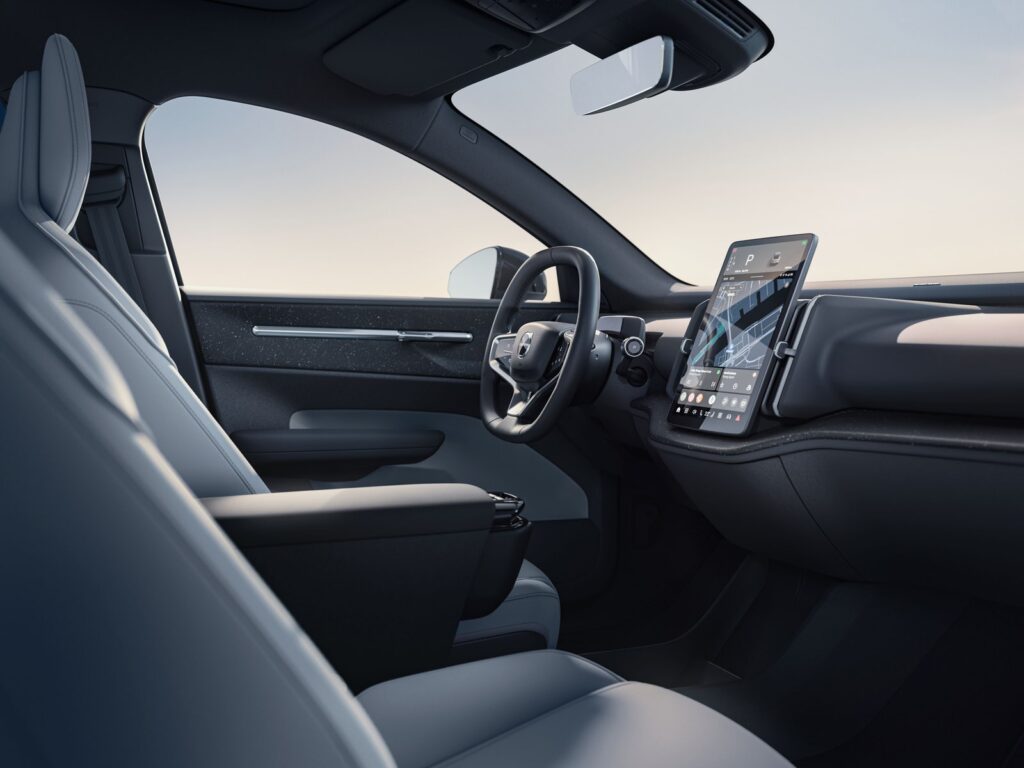Volvo EX30 2023: Price, Specs, Release Date
The entry-level EX30 is designed to woo younger drivers with a sub-300-mile range, stark interior, and, crucially, a $35,000 starting price….

Speaking of speed, the EX30 can recharge at a decent pace as well. The extended-range twin motor has a charging capacity of up to 153 kW, while the entry-level car has a capacity of 134 kW. This means going from 10 to 80 percent in a little over 25 minutes.
These pimped models will cost more than that £34,000, of course, with the flagship Ultra twin-motor retailing at £44,495 in the UK, so it will be interesting to see if the all-wheel-drive performance version still attracts those target customers that are not 54 but 34.
The EX30 might be a small electric SUV, but it’s going up against some stiff competition, including the cheaper Peugeot e-2008 and MG ZS, and the more expensive Skoda Enyaq iV, to name only a few in the rapidly expanding mini eSUV market. Perhaps the biggest competitors will be the all-electric Jeep Avenger at £36,500 and Europe-only Ford Explorer, rumored to start around the £40,000 mark.
Looks-wise, the EX30 is pleasingly reminiscent of a slightly shrunken XC40, which, considering how popular that model has been, is no bad thing. The XC40 became the brand’s second-best-seller globally in 2019, and currently accounts for just over one-quarter of Volvo’s worldwide volume. As for Volvo’s proud statement that this is its smallest SUV yet, at 4,233 mm (13.89 feet) long, it is indeed a touch shorter than the 4,440 mm (14.57 feet) of the XC40. It’s also 30 mm slimmer, and just under 100 mm lower in height.
Inside there is more than a whiff of Scandinavian minimalism. You might even call the design stark. You can choose between four interior designs or—oh dear—“rooms” (called Breeze, Indigo, Mist, and Pine), each with a different combination of recycled and renewable materials, including woven flax, upcycled denim fibers from blue jeans, ground plastic waste, recycled polyester, and carpet from recycled PET bottles.





